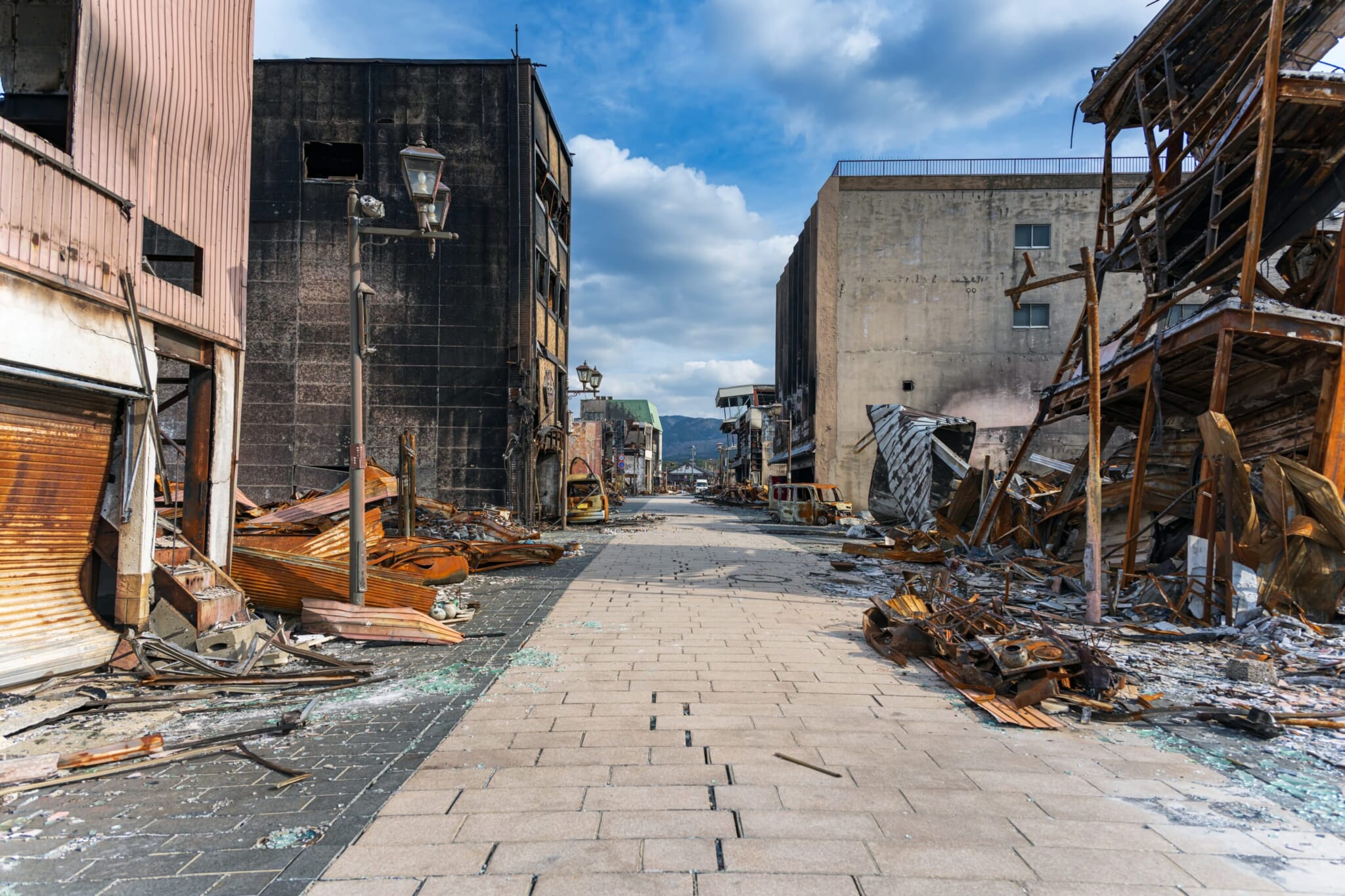Japan has earthquakes year-round, and it’s always scary to get an alert on your phone about a potential tremor coming in your direction. Though it’s impossible to predict the next big quake, you can ease some anxiety by being prepared. Here are some big tips about what you should do before an earthquake and things to keep in mind during one, so you and your loved ones can get through Japan’s biggest natural disaster safely.
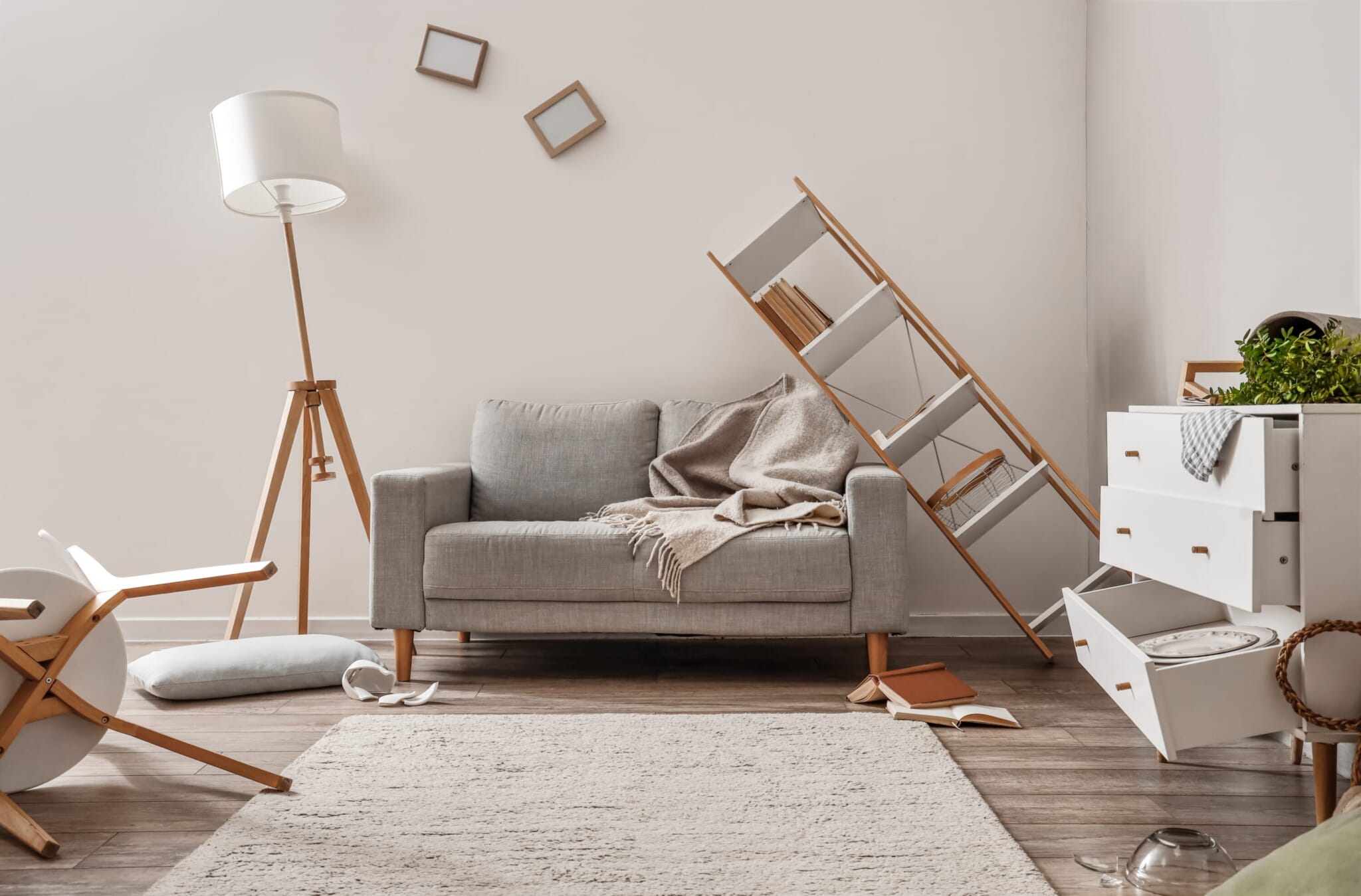
Secure Your Furniture
Securing furniture is simple and only takes an hour of manual labor to do, but may save you from injury or worse while also protecting your valuable items. Secure any furniture, particularly anything heavy or with fragile items, by anchoring it to the wall, floor or ceiling. Tension rods might be the easiest option that doesn’t require a drill gun, and can be found at IKEA. You can also find a lot of fall prevention goods on Amazon’s website.
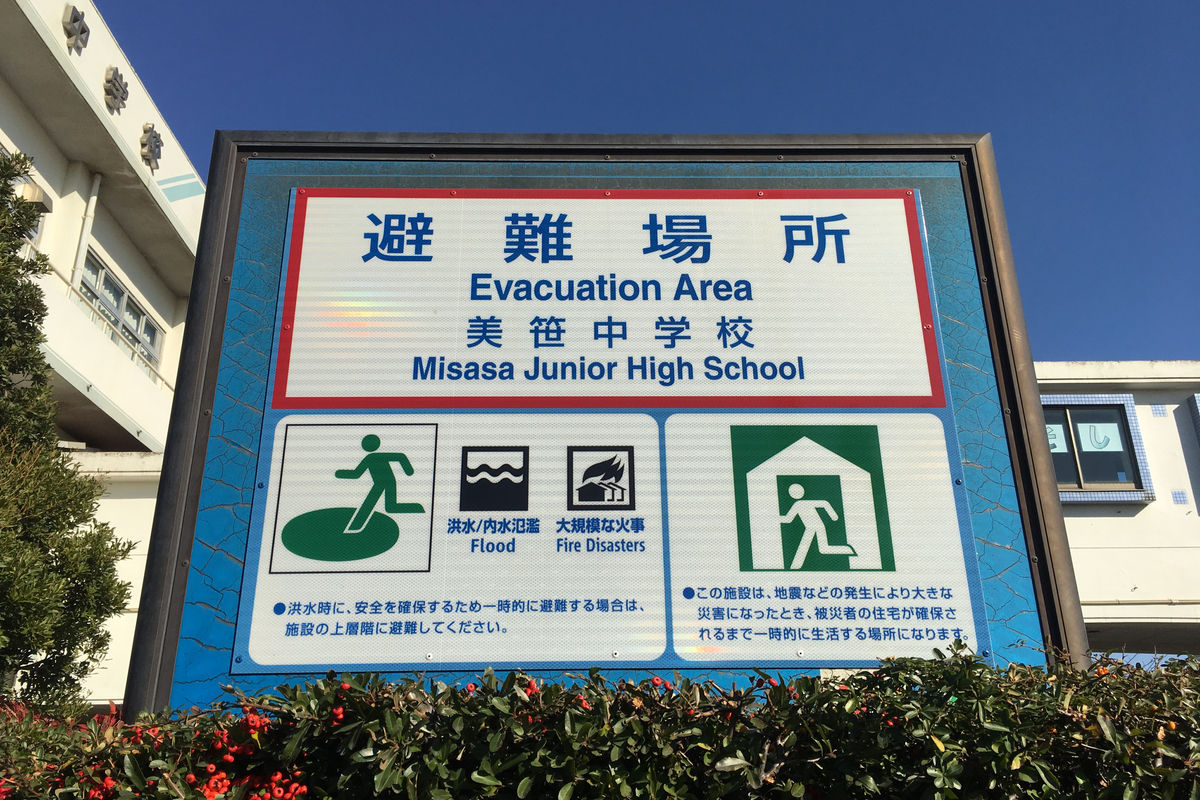
Have a Plan and Be in the Know
This includes being aware of your evacuation routes, and being aware of your nearest evacuation spot. The latter will most likely be your nearest school or park. You’ll also want to chat with your family to choose a plan and meeting point in case of an emergency, as phone lines may not be reliable. If you’re in a tsunami-risk area, you’ll want to move to higher ground.
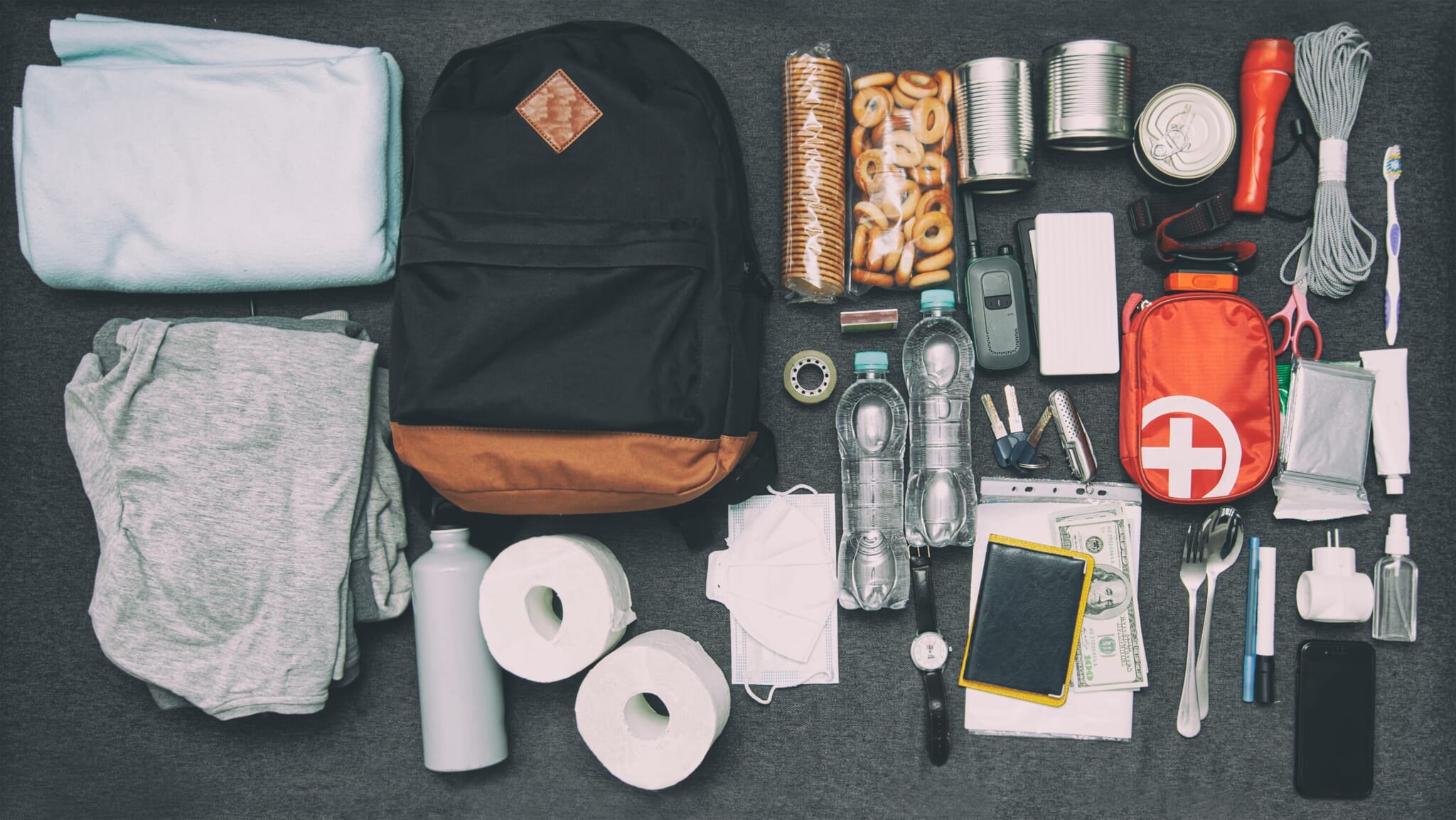
Make an Emergency Kit
You’ll want to make an emergency kit and keep it in your home. Make sure to include a first aid kit, a flashlight, a portable radio, some batteries, blankets, copies of important documents and cash. You’ll also want a stash of water and nonperishable food items. The recommended amount of water and food to stockpile is at least three days’ worth, with the metric of a gallon of water per person per day.
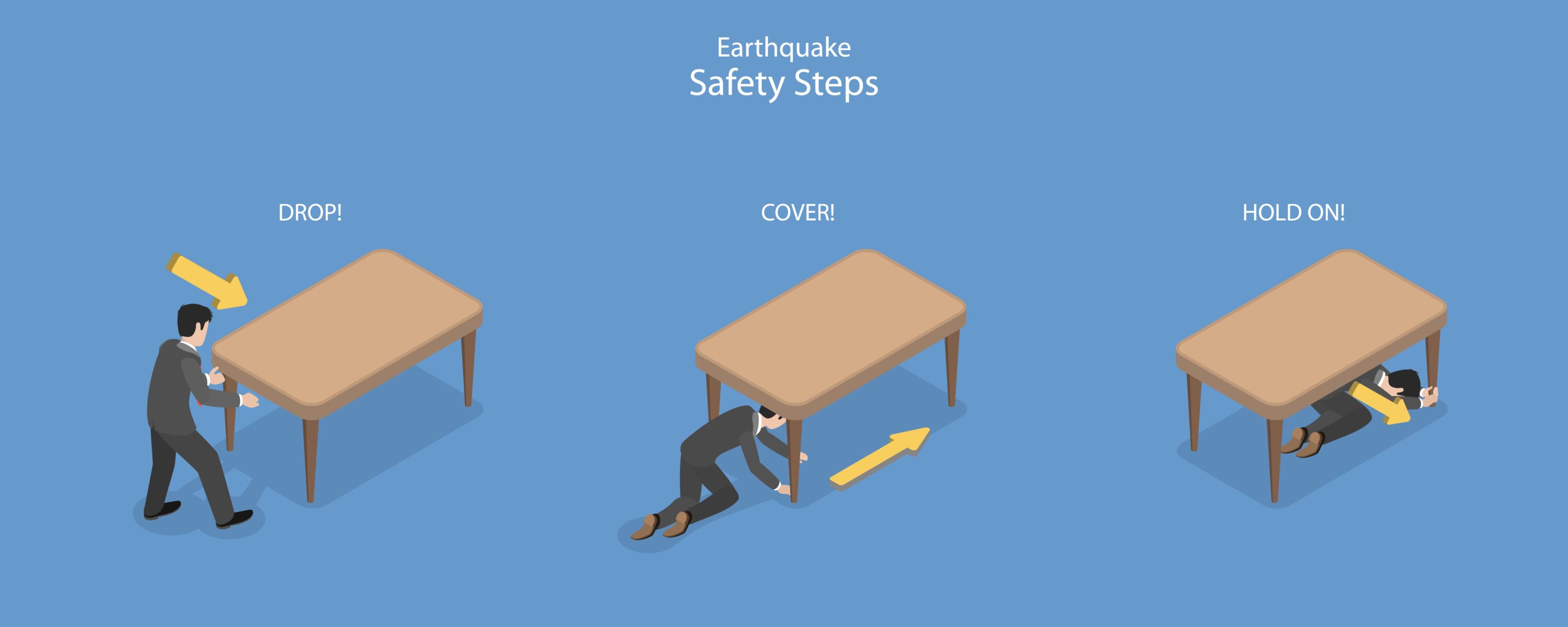
Drop, Cover and Hold
In the case of a big earthquake, the first thing you want to protect is your head. Get low and try to find a table or chair you can get under, preferably one that is unlikely to move. Grab hold, and don’t try to get out until you receive an all-clear. Most earthquakes last no more than 10 seconds, but a major one could shake for minutes.
The same rules apply when you’re on public transport — get low and away from windows, grab hold and listen to the conductor’s instructions on how to proceed.
If you are outside or have nothing nearby to find cover, try to get something near you (like a backpack or even a jacket) to put over your head. Get away from concrete-block structures, and stay alert for falling objects, including brick, roof tiles, glass and signboards.

Stay Informed and Connected
One of the scariest things about natural disasters is not being able to rely on your mobile device. Normal calling and texting might be down, so try connecting to your loved ones through different texting applications. The social media site X — then known as Twitter — was a major way people stayed updated during the 2011 Great East Japan earthquake and tsunami. If you’re able to get a signal, the Tokyo Metropolitan Government keeps its Disaster Prevention Homepage updated with the newest evacuation information. It has also prepared a comprehensive guide.
There are also a variety of helpful apps for earthquake safety. The Japan Tourism Agency has created the Safety Tips app for multilingual support that alerts users when there is an earthquake of magnitude four or higher or if there is a tsunami warning, as well as displaying evacuation tips. The NERV app shows real-time shaking throughout Japan, and estimated propagation in the affected areas. The Yurekuru Call app is a popular app if you’re able to read some Japanese; with customizable notifications, the app can alert you about an earthquake a few life-saving seconds before it hits.
Though scary, communities come together in a time of need. Look out for yourself, your family and your neighbors to get through a disaster together.

